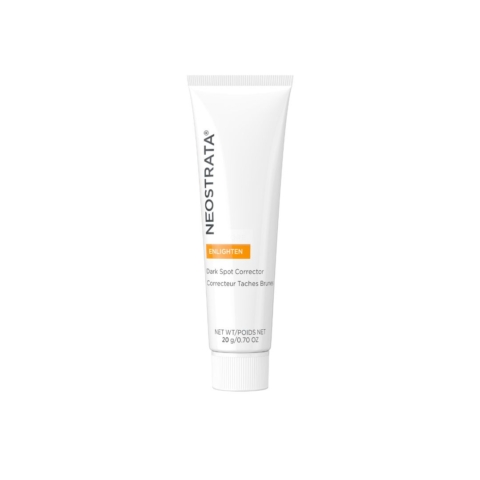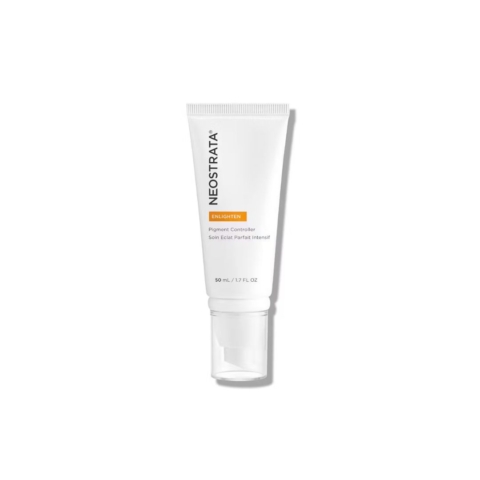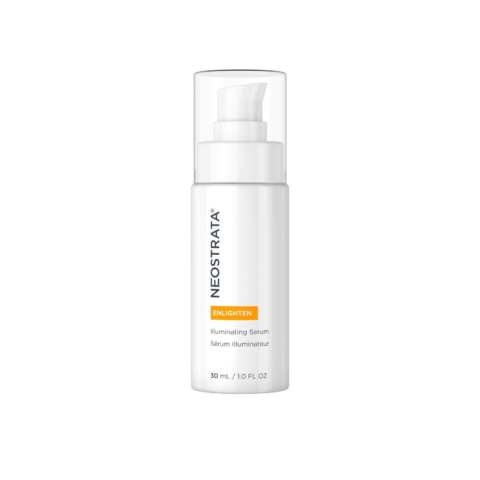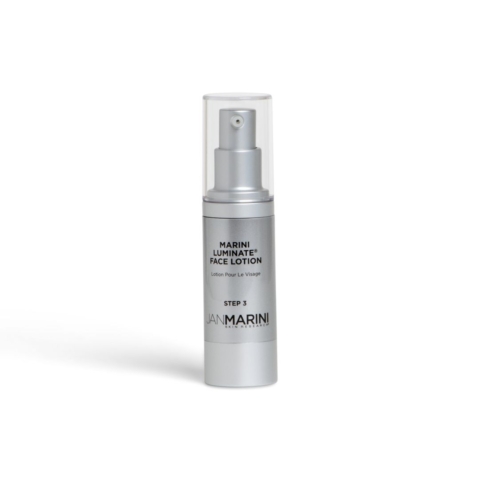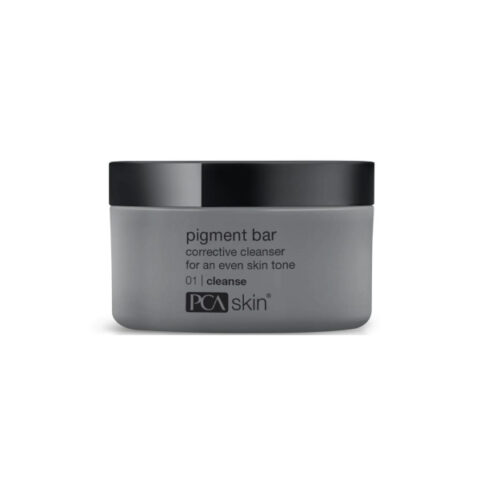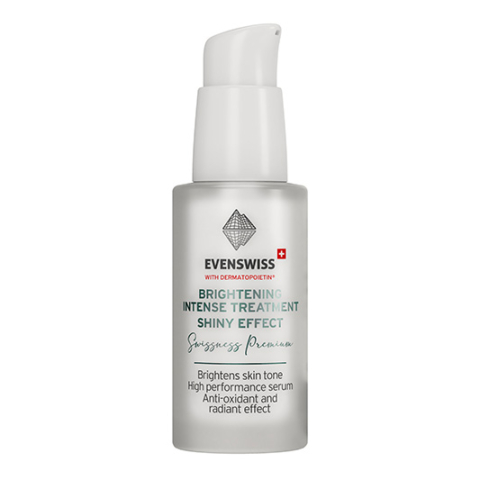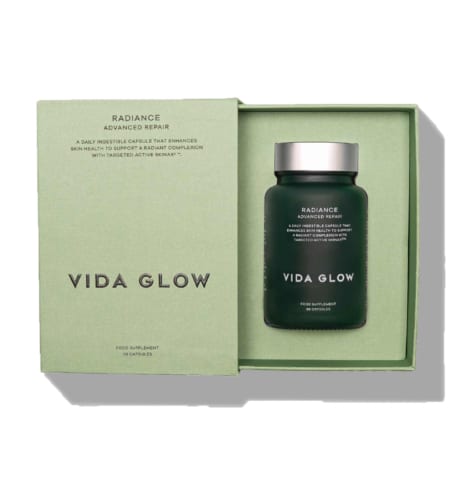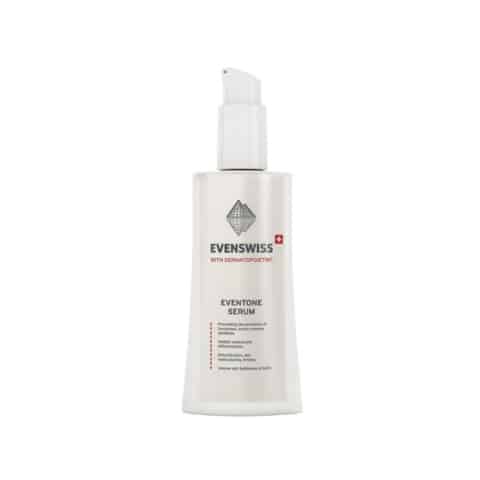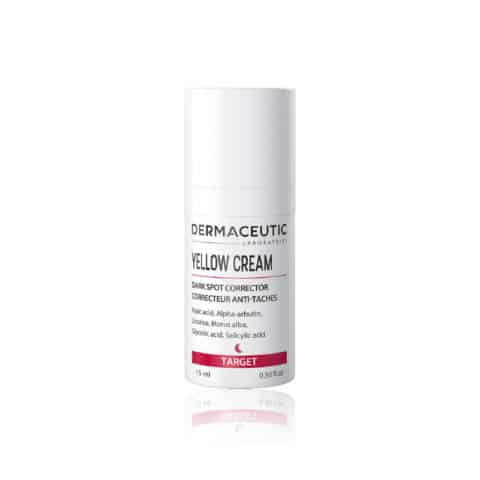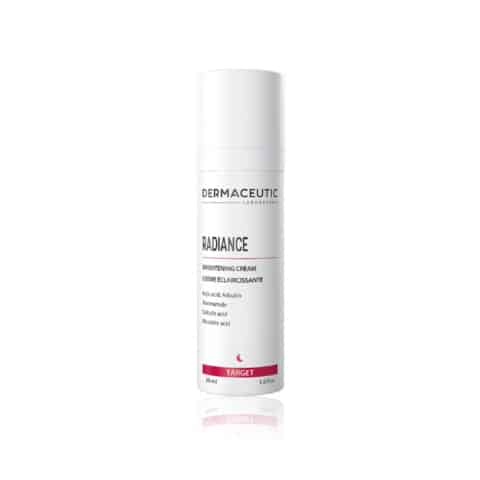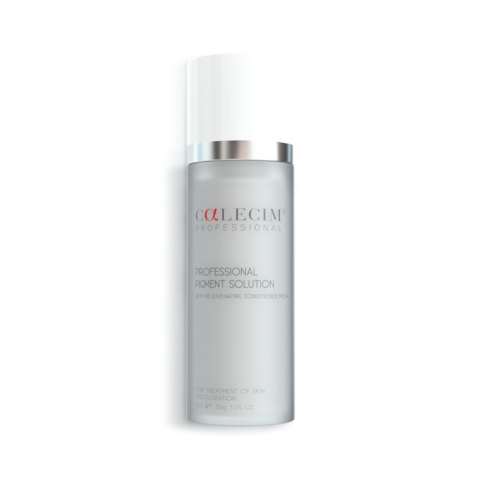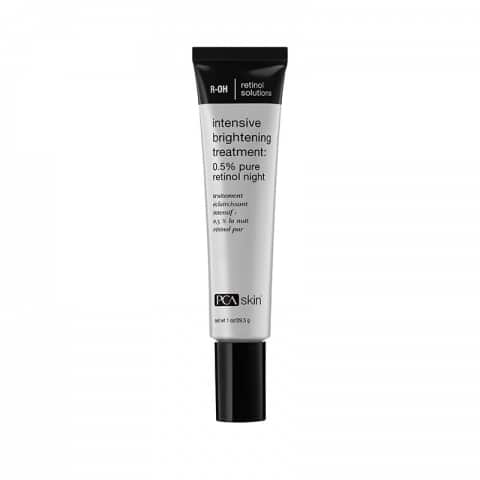Skin discolouration’s are common all over the body. Think dark age spots, red patches of post-acne inflammation, dark pigmentations from excess sun exposure, and small white spots. These cases of hyperpigmentation are due to the overproduction of melanin in the skin, which is affected by a number of conditions that often cannot be prevented. However, there are a number of products and treatments in the beauty industry that can accelerate the fading process of hyperpigmentation and help to give the appearance of flawless skin. Here’s the causes, preventions and cures of pigmentation.
What is hyperpigmentation?
Hyperpigmentation refers to patches on the skin that appear darker than the surrounding skin. It includes age spots, melasma and post-inflammatory pigmentation. The patches can be of any size and can occur anywhere on the body, but are most common on the face, chest and hands.
What causes skin pigmentation?
Skin pigmentation is caused by an increase in melanin production in a particular area. Melanin is the natural pigment that gives our skin, hair and eyes their colour. Sun exposure is the number one cause of skin pigmentation because it stimulates melanocyte activity, which absorbs and scatters UV radiation to protect the skin from the damaging effects of radiation. When melanocytes multiply, they become unevenly distributed in the skin and where the concentration of melanocytes are high, they form deposits under the skin in small clumps of spots that makes the complexion look uneven.
Depending on the natural colour of our skin, some of us are more prone to hyperpigmentation than others, for example it’s more common in people with darker skin tones.
In contrast to dark spots, white spots are caused by the loss of skin pigment from a lack of melanin, also largely due to sun damage. White spots tend to be genetic and appear most commonly in adults because our collagen levels decrease with age. Although it’s important to be careful when encountering spots on the skin due to the potential risk of skin cancer or medical conditions like vitiligo, hyperpigmentation of any colour is usually harmless and purely an aesthetic issue.
The best way to protect your skin against pigmentation is to wear a high factor sunscreen at all times. However, there are several contributors to skin pigmentation as well as sun damage, including medical conditions, hormonal changes especially during pregnancy, and inflammation from acne or skin injuries
How long do hyperpigmentation marks take to fade?
Like all scars, hyperpigmentation marks fade over time as skin cells continually renew themselves. However, it can take anywhere from three months to years for marks to fade, which can usually be sped up by skin pigmentation treatments.
What products dermatologists recommend for hyperpigmentation?
The number one product dermatologists recommend for hyperpigmentation is a light serum with a high concentration of skincare ingredients to boost collagen levels and skin cell turnover.
iS Clinical Super Serum Advance+ is a potent serum that uses vitamin C in combination with powerful antioxidants such as copper tripeptide to stimulate wound healing, collagen production and smoothness.
Also, Indeed Labs Vitamin C24 acts as a serum-and-moisturiser-in-one that combines 22% ascorbic acid (vitamin C) with 2% hyaluronic acid to protect and moisturise the skin while reducing hyperpigmentation. Its brightening properties are perfect for lightening dark pigmentation spots. Furthermore, it protects the skin against oxidative free radicals in the environment such as UV light, which is crucial for maintaining an even skin tone and reducing signs of aging.
Lastly, dermatologists recommend the iS Clinical White Lightening Serum as an anti-aging lightening treatment and a treatment to reduce acne pigmentation. Clinical studies show a reduction of discolouration and hyperpigmentation by 75% in only 3 months. This serum reduces hyperpigmentation caused by UV damage, aging and post-acne inflammation using quality ingredients such as Norwegian kelp and natural sources of the chemical exfoliants glycolic and salicylic acid. It exfoliates the skin while maintaining moisture and lightens pigmentation marks.
What is the most effective treatment for hyperpigmentation?
The Osmosis Brightening Pigmentation facial treatment is the best hyperpigmentation treatment that targets white and dark spots, age spots and melasma. By breaking up pockets of melanin in the skin, this treatment will lighten and lift hyperpigmentation and help to build a healthy skin barrier that will protect you from further pigmentation. It uses a range of serums, active vitamin powders, 2% Vitamin A infusion, masks, massage techniques and technologies (galvanic technology, ultrasound stimulation and LED light therapy) to boost skin health at a cellular level, and results can be seen after the first 60-minute treatment!
How do you fade hyperpigmentation fast?
The treatment of hyperpigmentation is usually based on accelerating cell turnover to remove the outer layer of pigment using natural chemical exfoliants, however you need to be careful with which products you use on pigmented skin as it may be quite sensitive.
Vitamin C, azelaic acid, mandelic acid, hydroquinone and niacinamide are all powerful ingredients that increase collagen production and aid in water retention which act as natural lightening agents. The best way to fade hyperpigmentation fast is to use powerful serums with potent ingredients and to have facial treatments that will speed up the process of pigment fading and build a strong protective skin barrier. Also, it’s very important to wear a high factor sunscreen!
Does vitamin C help with hyperpigmentation?
Vitamin C is an antioxidant with anti-inflammatory and anti-aging properties. It works by promoting collagen synthesis (thickening the skin and increasing elasticity) and diminishing fine lines and wrinkles. Collagen’s amino acids help to fade hyperpigmentation by providing strength and structure to the skin and allowing it to repair skin cells. It also protects the skin from oxidative free radicals in the environment and helps to inhibit the enzyme tyrosinase, which reduces melanin production. Finally, vitamin C has a brightening and lightening effect that creates the appearance of an even skin tone and reduces the darkness of pigmentation spots.
Vitamin C is used in all of the serums mentioned above and can also be found in nutritional sources such as citrus fruits (oranges, lemons), peppers, strawberries, broccoli, leafy greens, sweet potatoes and tomatoes.
Collagen for Hyperpigmentation
Collagen comes as one of the components that assist in fading pigmentation. The benefit of collagen for hyperpigmentation is quite essential since cells cannot perform properly with the lack of this nutrient. When answering the question “Does collagen help hyperpigmentation”, the positive effects of the component include:
- strengthening cell structures, which boosts repair processes;
- damaged cell renewal;
- protection of the derma from oxidation caused by free radicals;
- slowdown of enzyme tyrosinase that is responsible for melanin synthesis.
So, when considering the issue “Can collagen reduce pigmentation?”, the answer is yes. Although the component is not targeted at tackling skin discoloration, it can affect the problem indirectly.
